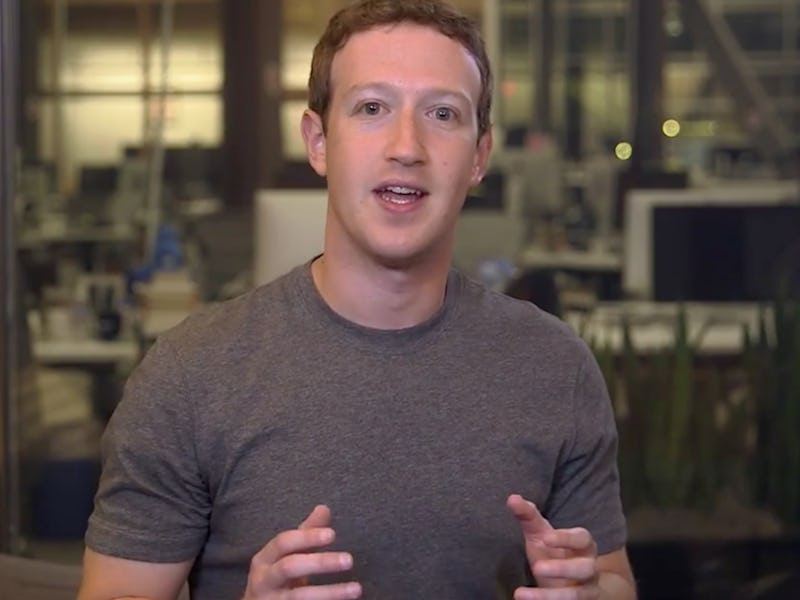Mark Zuckerberg’s been having a tough time. The Facebook CEO has been making good of his New Year’s resolution to create a smart home with an artificial intelligence he coded himself, named Jarvis, a reference to Iron Man. The problem is, it’s quite difficult getting all the appliances to play nice with each other, and some of them work better than others.
“One thing I learned is it’s hard to find a toaster that will let you push the bread down while it’s powered off so you can automatically start toasting when the power goes on,” Zuckerberg confessed in a blog post published Monday. “I ended up finding an old toaster from the 1950s and rigging it up with a connected switch.”
Zuckerberg has been working on the project for the past year.
It sounds like an easily-remedied problem, but it highlights one of the bigger issues about wiring smart homes. Zuckerberg’s analog toaster wasn’t suited to the digital age, but he could have had the same problem with a proprietary Google toaster in a Microsoft house. What about if he wanted his Tesla to command his Xbox, could he make them communicate reliably?
There have been efforts to unify smart devices, but like with most things in tech, there are a few competing standards and little sign of harmonization. Apple’s HomeKit works with Siri, so users can control HomeKit-powered appliances with a command. Similarly, while some smart home devices will work directly with Amazon Echo, others will need hubs to interface between the two. The result is a mish-mash of standards that doesn’t quite work across brands as expected.
Zuckerberg is making good progress with his project, and now wants to add more features to improve its daily usefulness, but has come to recognize its limits. He estimates he spent around 100 hours on the project but, while it would be great if it could eventually “learn” new house control skills, he does not believe this would be feasible even after 1,000 hours. Regardless, the fact that he got a functional system up-and-running shows it is feasible, but perhaps a tad more difficult if you’re not the CEO of Facebook.
As for when you could see Jarvis in your own home, Zuckberg says it’s just not ready. He told Fast Company this in a story about Jarvis:
“It’s not a production system that’s ready to go to other people,” he stresses. “But if I couldn’t build a system that can at least do what [Echo and Home can], I probably would have been pretty disappointed in myself.”
